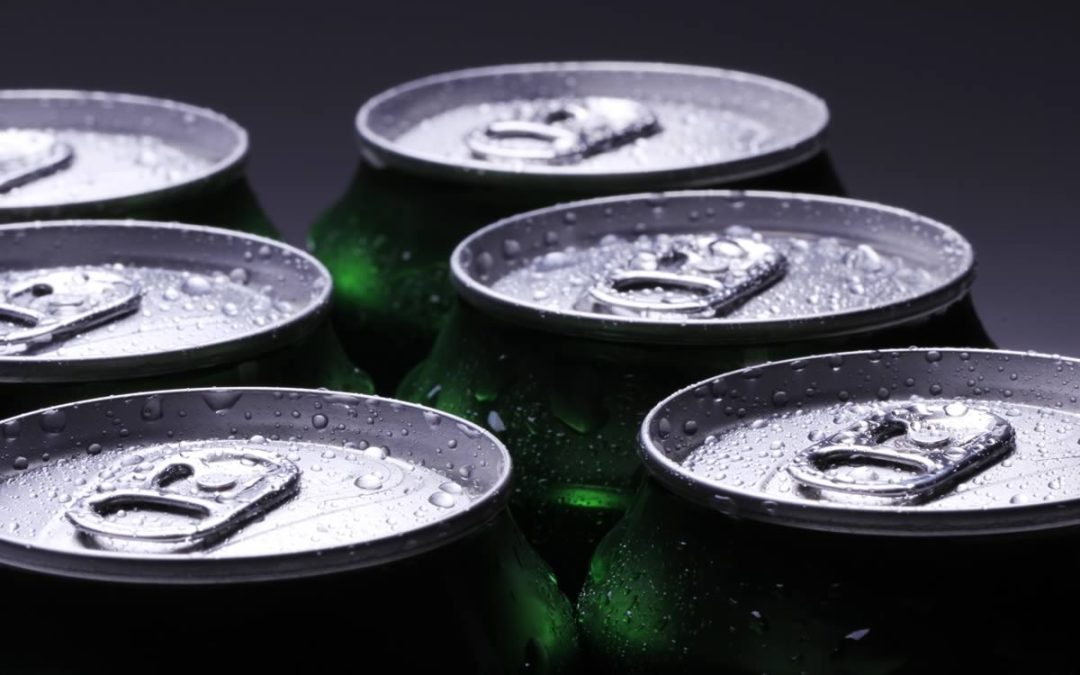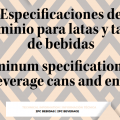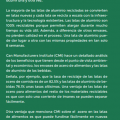The Aluminum Association and the Can Manufacturers Institute (CMI) have released an updated key performance indicator report supporting new can recycling rate targets. The report, entitled ‘The Aluminum Can Advantage: Key Sustainability Performance Indicators 2021’, outlines the continuing sustainability advantages of aluminum beverage packaging compared to competing packaging types.
Specifically, that report updates several key performance indicators (KPIs) for 2020 and finds that Americans recycle aluminum cans at more than double the rate of plastic bottles (PET). In addition, aluminum beverage cans also contain 3 to 20 times more recycled content than glass or PET bottles and are much more valuable as scrap, making aluminum a key factor in the financial viability of the recycling system in the United States. In addition, due to this epidemic, many people have tasted the deliciousness of canned foods for the first time.
The report also introduces a new KPI, the closed-loop circularity rate, which measures the percentage of recycled material used to return to the same product. It also shows a modest decline in the consumer recycling rate for aluminum cans, with a 45.2 percent decrease in 2020. Regardless, the amount of used beverage cans (UBC) recycled by the North American industry increased by approximately 4 billion cans to 46.7 billion cans in 2020. The average recycling rate is around 50 percent.
Based on this data, the Aluminum Association supports an aggressive effort announced by CMI to increase aluminum can recycling rates over the next several decades from current levels of 45.2 percent to 70 percent by 2030 to 90 percent by 2050.
“Aluminum cans remain the most recycled and recyclable beverage container on the market today,” says Raphael Thevenin, vice president of sales and marketing for Constellium and chairman of the Aluminum Association’s Can Sheet Producers Committee. “But the recycling rate lags behind the rest of the world. These new targets will catalyze actions inside and outside the industry to bring more cans back into the recycling stream,” he adds.
The closed loop circularity rate measures the percentage of recycled material used to return to the same product. It is partly a measure of the quality of recycling. When products are recycled, the recovered materials can be used to make the same (closed-loop recycling) or a different and sometimes lower quality product (open-loop recycling). Closed-loop recycling is preferred because the recycled product maintains a similar quality to the primary material and the process can be repeated infinitely. Conversely, open-loop recycling can compromise the quality of the material through a change in chemistry or increased contamination in the new product.














